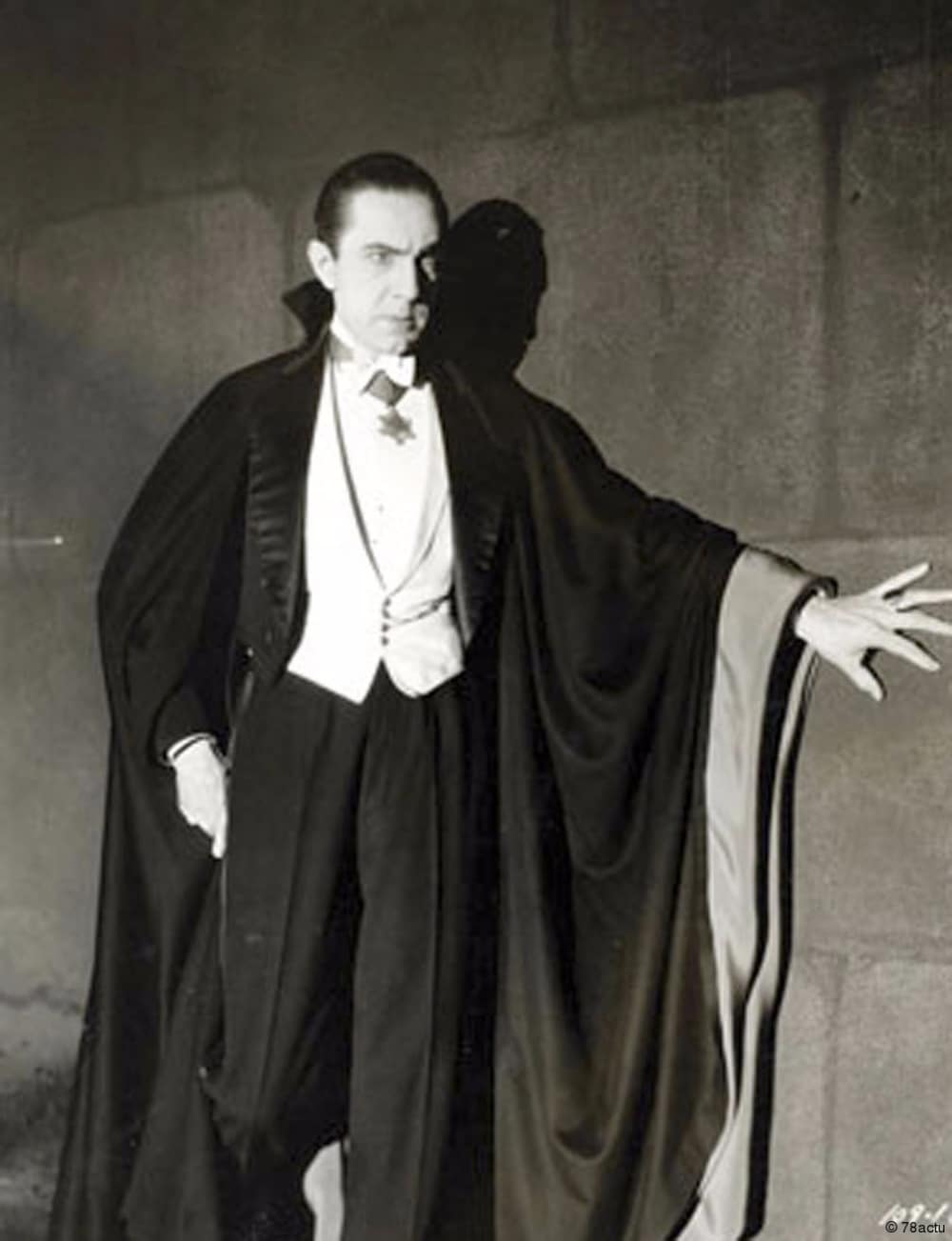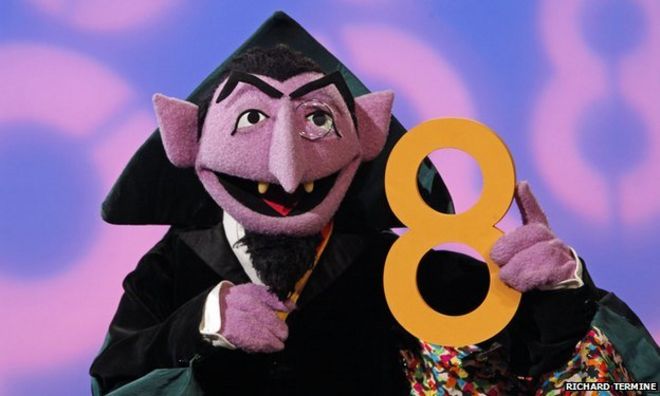
Now that it's October, the Worldwide Center of Mathematics will be dedicating Thursdays to Monster Math! While math is a little scary at times and monsters are always spooky during October, this post will be fright free, and we hope you'll learn something new!
Today's Spooky Subject is: Vampire Numbers!
What is a Vampire Number?

A vampire number is a number with even digits (greater than two digits) such that there exist two factors, each with half the digits of the original number with at least one of them not having a trailing zero, such that the digits of the two factors combine to be the same as the original number. For 1530 has the factors, or 'fangs', of 51 and 30. Because 51 and 30 have a product of 1530 and their digits can be rearranged to 1530, 1530 is a Vampire Number!
There are 10 vampire numbers with 4 digits: 1260 (21 and 60), 1395 (15 and 93), 1435 (41 and 35), 1530 (51, 30), 1827 (21 and 87), 2187 (81 and 27), and 6880 (86 and 80).
Some vampire numbers have multiple pairs 'fangs.' For example, 125460=204*615=246*510.
Vampire numbers with 3, 4, and even 5 pairs of fangs have been found. The smallest vampire number with 5 pairs of fangs is 24959017348650!
Are there other kinds of Vampire Numbers?

Unlike Vampire Numbers, whose fangs must have the same number of digits, Pseudovampire Numbers do not need fangs with the same number of digits. In addition, a Pseudovampire number can have more than two fangs. Examples of pseudovampire numbers include 126 (6*21) and 1395 (5*9*31).
Prime Vampire Numbers are Vampire Numbers with prime fangs. The smallest Prime Vampire Number is 117067 (701*167).
Finally, the Roman Numeral Vampire Number is exactly what it sounds like: a Vampire Number that exists with Roman Numerals! While 8 isn't a vampire number, using the Roman Numeral system, we find that it is a Vampire Number! II*IV=VIII, making 8 a Roman Numeral Vampire Number!
Any idea why they are called vampire numbers? I mean i understand concept, just want to know story behind the name
ReplyDelete